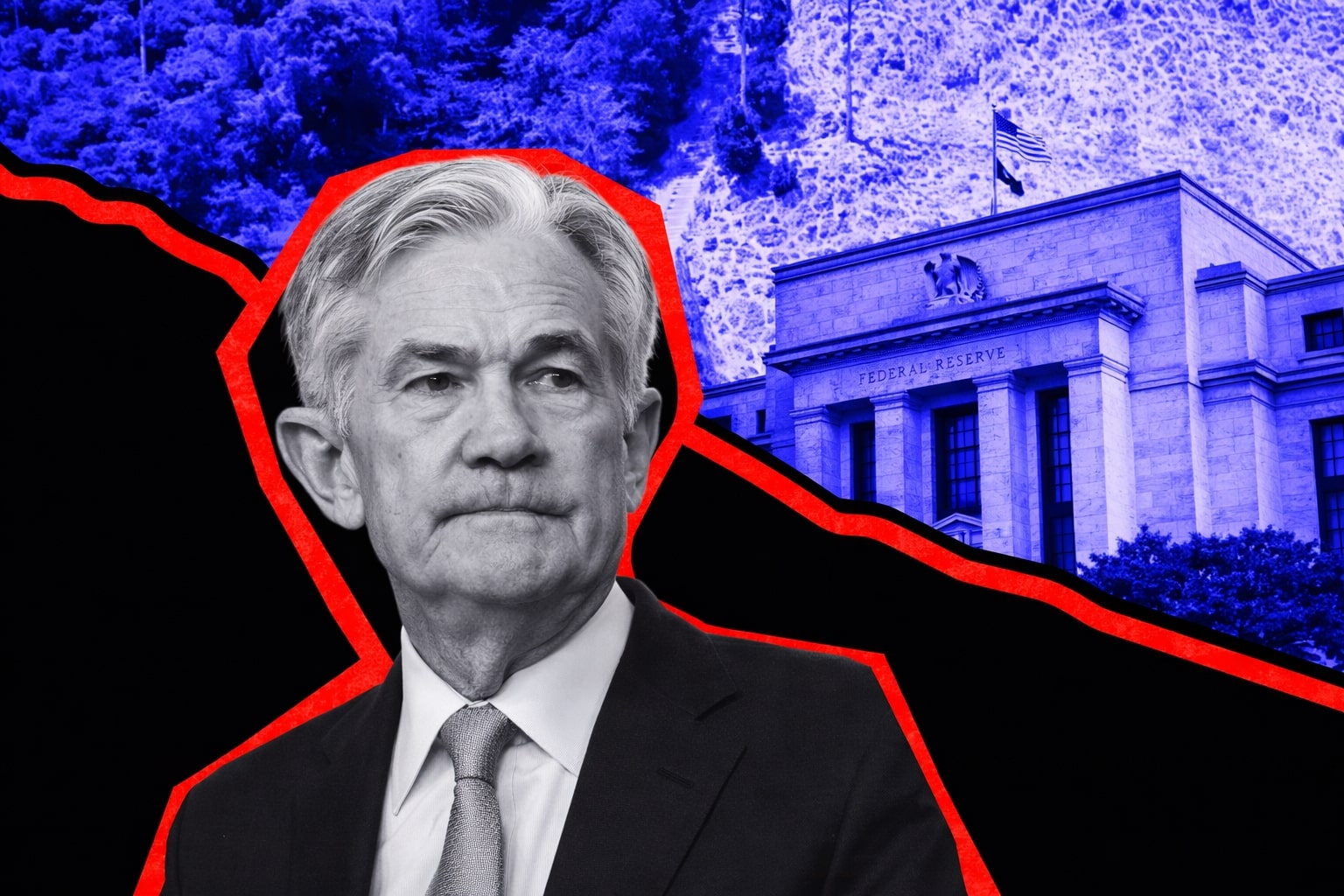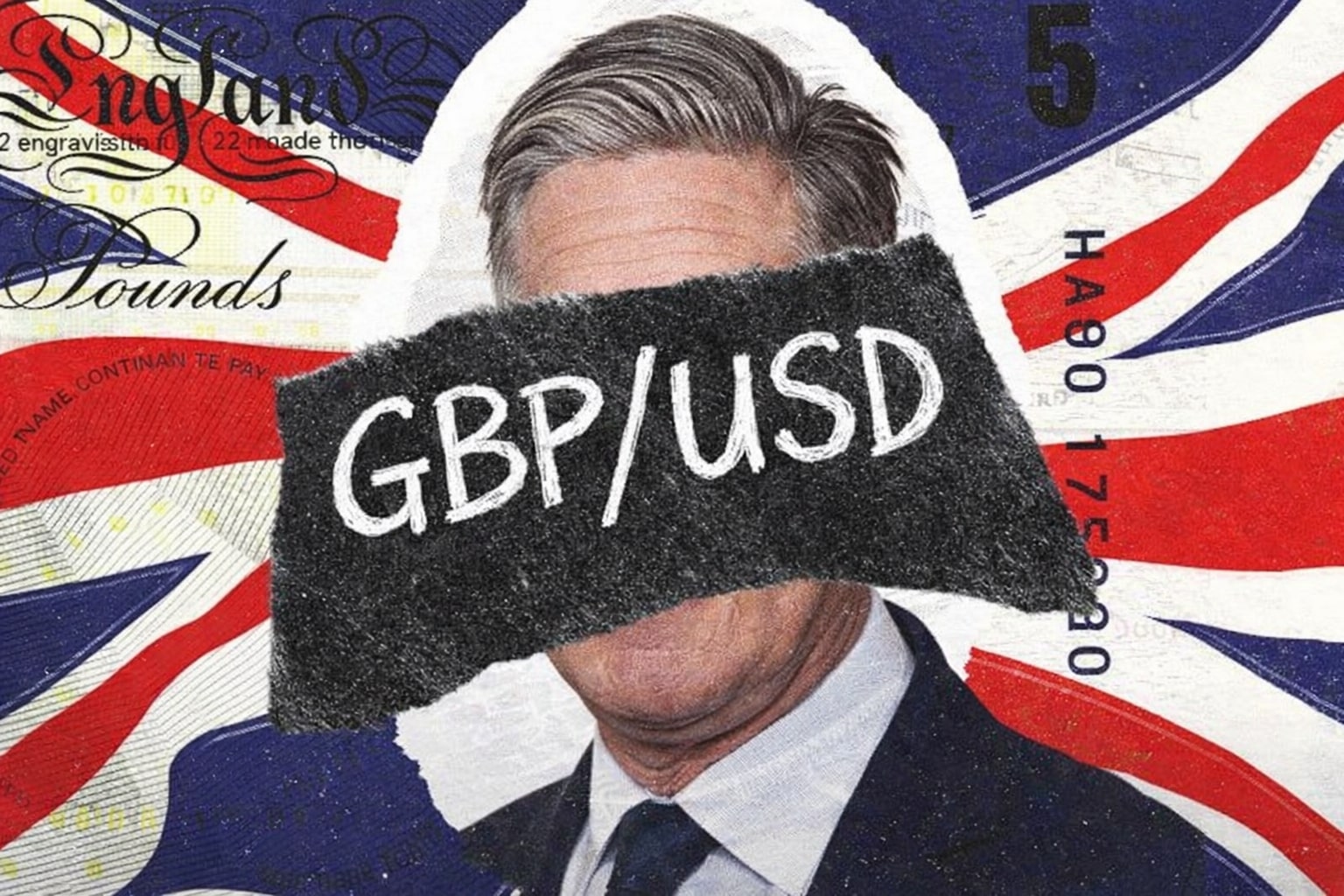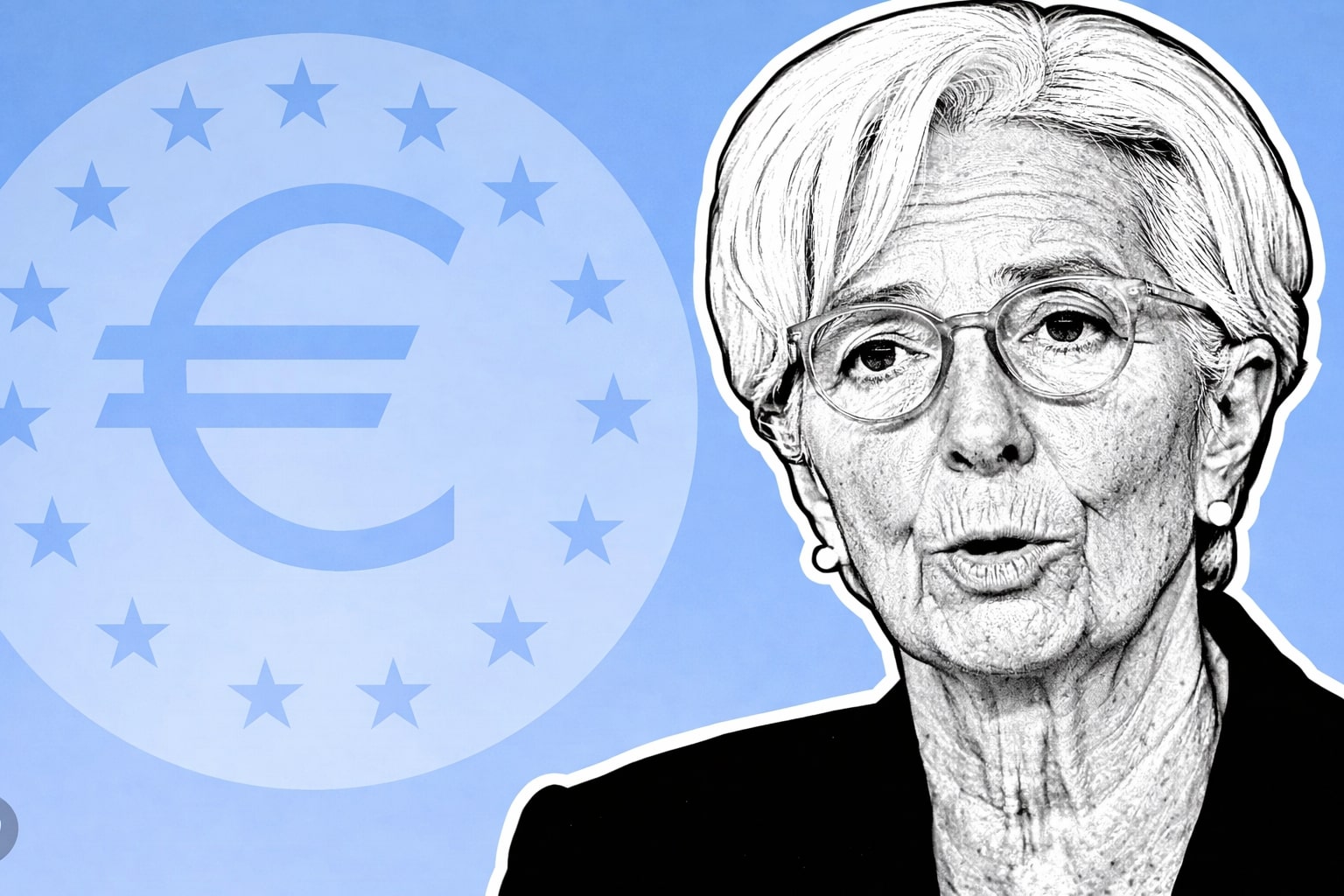EUR/USD Weakens Below $1.1500 As Dollar Surges On Hawkish Fed, War Risk, and Repricing of Cuts
The euro continues to slide against the U.S. dollar, with EUR/USD trading around $1.1462, after breaking key psychological support at $1.1500. The pair has now confirmed a bearish shift on multiple technical and macro layers, driven by a confluence of Fed hawkishness, global military escalation fears, and eurozone inflation stagnation. What began as a slow correction from the recent $1.1599 peak has quickly evolved into a broad risk-off rotation that continues to feed into the dollar’s dominance.
U.S. Dollar Dominates As Powell Pulls Back on Cuts and Tariffs Pressure CPI Outlook
Despite the Fed holding interest rates steady at 4.25%–4.50%, Chair Jerome Powell dampened market optimism by warning that inflation is likely to remain sticky throughout 2025–2026. The Fed’s latest projections scaled back anticipated rate cuts to just two 25bp moves by the end of 2025—down from four earlier this year. Powell also cautioned that Trump’s expanding tariff proposals could reintroduce cost-push inflation, stating that consumer-facing sectors are likely to “feel the pass-through” over the next few quarters.
The market’s response was swift: the U.S. Dollar Index (DXY) surged above 99.10, reclaiming both the 50-day EMA at 98.70 and the 200-day EMA at 98.61, signaling resurgent bullish momentum. Price action in the DXY confirms a breakout from a consolidation range, now eyeing resistance zones at 99.38, 99.64, and 99.88—levels that directly correlate with downside pressure on EUR/USD.
Israel–Iran Conflict Fuels Safe Haven Rotation Toward the Dollar, Not the Euro
As military tensions escalate between Israel and Iran, risk aversion has pushed investors back into the U.S. dollar, rather than the euro. With Trump hinting at possible weekend military intervention and Iran threatening retaliation for any Western aggression, the global FX market has become increasingly dollar-centric. Despite the euro’s traditional appeal as a secondary safe haven, the greenback’s yield advantage and broader liquidity dominance have pushed EUR/USD lower even during moments of geopolitical panic.
This dynamic was evident across risk proxies. While gold initially spiked, it quickly retraced. Equities rolled over globally, while the euro failed to benefit from better-than-expected German ZEW sentiment, which jumped from 25.2 to 47.5 in June. The common currency's inability to respond to positive Eurozone data shows that macro fears are overpowering domestic resilience.
EUR/USD Technical Breakdown: Descending Channel, Triangle Breach, and Bearish Momentum
From a charting standpoint, EUR/USD has fully confirmed a breakdown of the multi-week triangle structure, slicing below the confluence of support at $1.1500 and continuing its march toward deeper levels. The descending channel visible on both the 1-hour and 4-hour charts highlights a clear shift in sentiment: lower highs and lower lows dominate the price action.
Key immediate support now lies at $1.1450, followed by $1.1398 and $1.1370—the latter aligning with the 61.8% Fibonacci retracement from the recent rally off the June 2–10 base. Momentum indicators reinforce this bias. The MACD histogram is fully red and widening, while both MACD lines are angled lower beneath the zero line. The RSI has fallen below 45, confirming bearish control without reaching oversold territory—suggesting further downside room.
Moving averages are also in full bearish alignment: 50-period EMA at $1.1496 and 200-period EMA at $1.1492 have flipped into overhead resistance, with price unable to reclaim either over the past five sessions. Rejection from $1.1530 and failure to close above even minor retracement levels implies that any recovery attempt may be sold into aggressively.
Soft Eurozone CPI Confirms Disinflation While U.S. Jobless and Construction Data Flag Recession Risk
Economic data from both sides of the Atlantic added complexity but little relief. Eurozone May CPI slowed to 1.9% YoY, down from 2.2%, while core CPI eased to 2.3%, signaling waning price pressure across the bloc. This undercuts any hawkish push from the ECB, which remains sidelined with limited justification to tighten further.
In the U.S., initial jobless claims remain elevated, and construction permits posted disappointing figures—fueling concern about second-quarter growth. Yet, the market continues to reward the dollar due to its carry premium and safe-haven role.
Meanwhile, expectations for Fed rate cuts have repriced, with CME FedWatch now showing just a 60% chance of a single cut by September, down from 88% last month. This repricing has heavily weighed on risk-sensitive pairs, particularly EUR/USD, which is now over 1% below its recent local high.




















